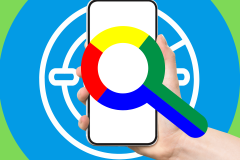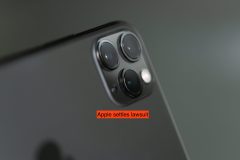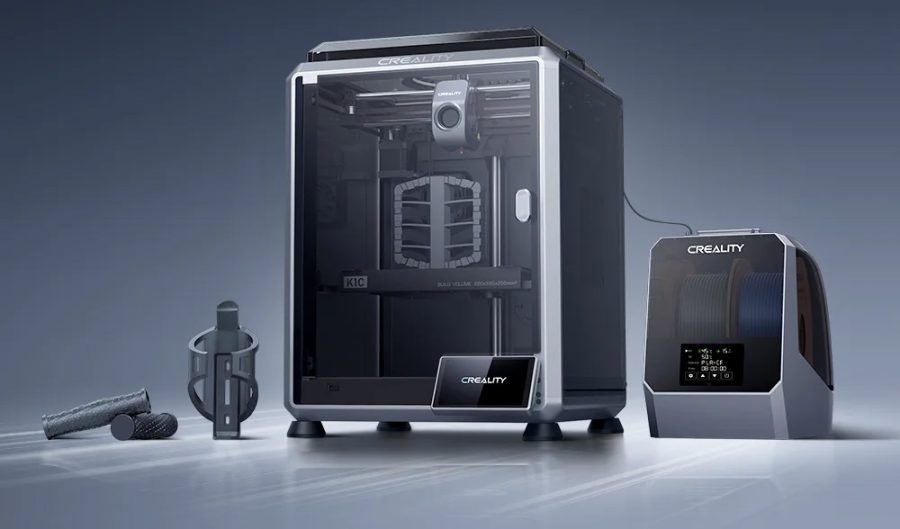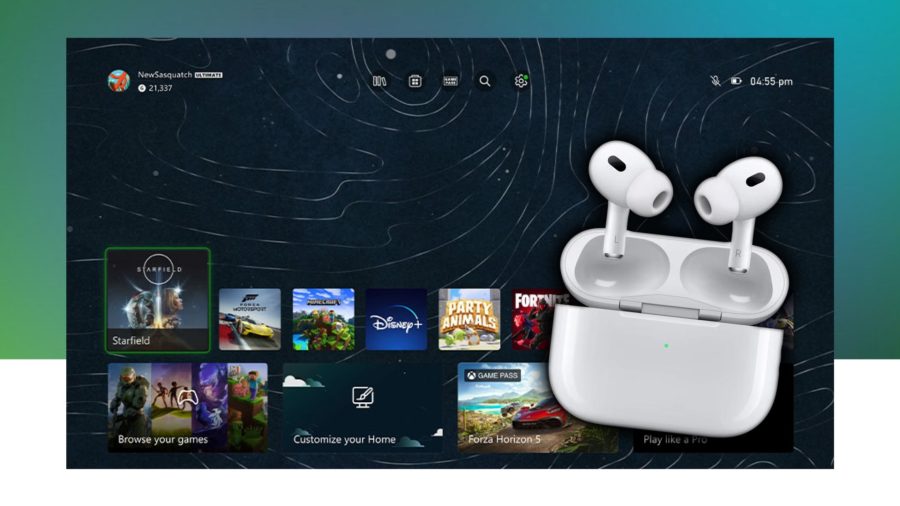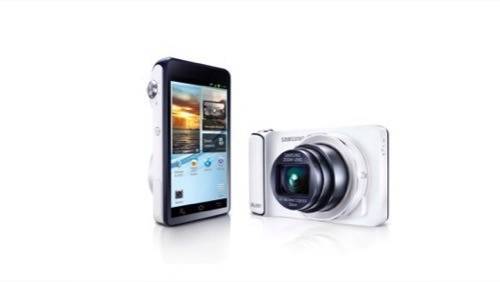
Everyone knows the smartphone is killing the point-and-shoot digital camera. Who wants to carry a digital camera as a separate device when your smartphone already takes good-enough pictures and makes them easy to share with your friends?
Sure, a good point-and-shoot takes better pictures than a smartphone does. On the other hand, digital cameras can’t use mobile apps, a cellular connection or a smart operating system. Until now.
Samsung Galaxy Camera
The Samsung Galaxy Camera is an Android-based digital point-and-shoot that will be available from AT&T on Nov. 16 for $499. The Galaxy Camera has a 16 megapixel backside illuminated CMOS sensor screen, a 21x optical zoom lens (note, optical zoom, not digital) and a 4.8-inch touchscreen panel. It runs on Android 4.1 Jelly Bean with a quad-core processor. Its cellular connection will run over AT&T’s HSPA+ network and can be added to a shared data plan or use a separate individual data plan from the carrier. The device will be Wi-Fi equipped as well.
Is there a place in the consumer market for such a device? I do not know about its widespread appeal, but I want one. I have always wanted a digital camera that can take better pictures than my smartphone and automatically upload all those high-quality photos to Flickr, Picasa (Google+) or other social networks without a USB cable and intimate knowledge of iPhoto or Photoshop. And I’d be willing pay good money and carry a separate device to do that.
Samsung is not the only company to attach a mobile operating system to a high-quality camera. Nokia released the 808 PureView earlier this year, a smartphone with a 41-megapixel camera with the vaunted Carl Zeiss optics. The difference is that the 808 PureView remains, at its most fundamental level, a smartphone. The Galaxy Camera is essentially a Samsung Galaxy S III smartphone with the phone stripped away and a quality digital camera bolted to the front.

A Mainstream Step Into The Internet Of Things
The Galaxy Camera is a camera first, cell phone… never. This is an intriguing poduct, and not just because it is a camera that can use social apps like Facebook, Twitter, Google+ and others from wherever you are.
When we think of mobile operating systems like Android or iOS, the first thing that pops into our minds are smartphones and tablets. That makes sense, considering that 99% of devices built on these operating systems are one or the other. But think about what these devices actually are. We call them smartphones, but they are really small, powerful digital computers that happen to be able to make phone calls. The mobile operating systems evolved into phone-centric devices because that is what the consumer market wanted. Yet to think that iOS, Android, Windows Phone or BlackBerry are limited to smartphones and tablets gives them short shrift. They clearly have the potential to run myriad other devices.
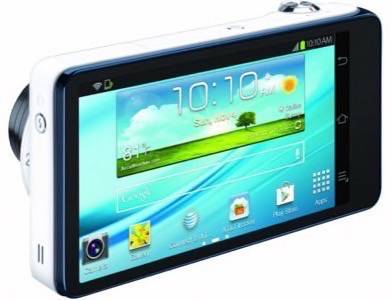
For instance, Android was built in such a way that it could be deployed everywhere. Want an Android-powered thermostat? Somebody can build that. A toaster? A car? Research In Motion wants to put BlackBerry into everything, including automobiles and infrastructure.
What we are talking about here is the Internet Of Things, where all kinds of machines and devices can connect to the Internet and can be interfaced through mobile systems. The backbone of the infrastructure of the Internet Of Things will be mobile operating systems such as Android, and the Galaxy Camera is one of the first mainstream devices to show its possibilities.












